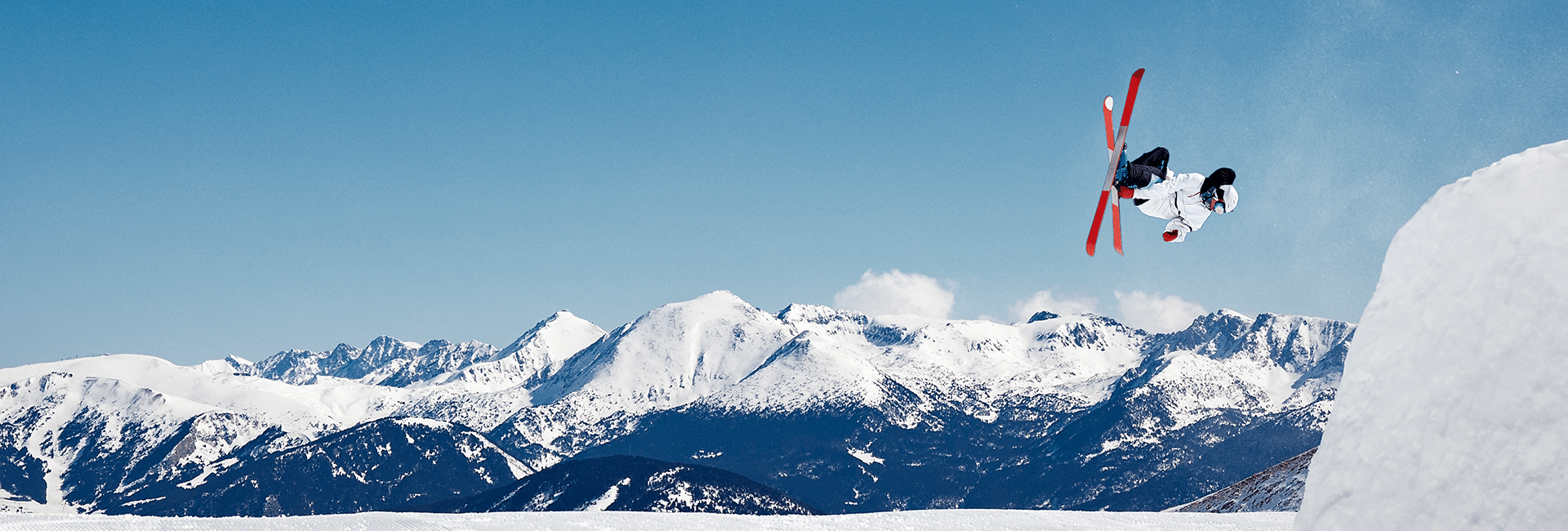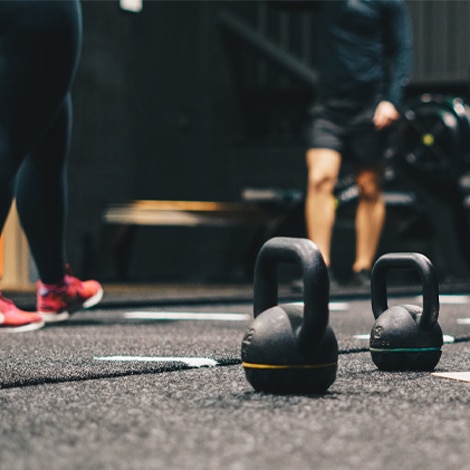By Dr. Sue Robson
When thinking about how Olympic committees can maximize the potential of their athletes, we need to go back to basics and consider what creates adaptations. At its most basic level, it’s the combination of exposure to training load, the frequency and duration of such exposure, and the ability to recover from it. When an Olympic athlete is ill or injured, their training and recovery can both be compromised, which ultimately limits their performance capabilities. In this article, we’ll explore how an athlete management system (AMS) can help minimize such downtime.
Olympic committees have been tracking major injuries for years. But it was difficult to identify causation or correlation because coaches and sports scientists couldn’t see how different training blocks, competitions, athletes’ overall wellness, and other variables were brought to bear. With an AMS, such factors can be overlaid to provide deeper insights about what kind of injuries occur, when, and what the possible causes might be (outside of those that are unavoidable). Changes in programming can then be made to current and future stages of quadrennial cycles to lower the incidents of such injuries going forward. The same applies to acute and chronic illnesses.
FINDING PAST PATTERNS TO INFORM FUTURE INTERVENTIONS
While it’s possible to go back and see years’ worth of data on major, catastrophic injuries to Olympians – such as the knee ligament tears that have a 200 percent incidence among skiers and snowboarders – this information used to exclude more minor injuries and chronic complaints. With a system such as Smartabase, Olympic committees and governing bodies started logging both types of incidents and so became better able to spot patterns amongst the historical data that not only showed how many times skiers hurt their ankles, knees, or shoulders, but also offered clues as to why, when, and how certain issues arose. With 5 to 10 years of such information now available, there was a large enough data set to identify past trends. This then enabled them to start making alterations to controllable factors that both limited the risk of injuries occurring in the future, and to eventually improve how injuries were rehabbed so that the rates of re-injury dropped (which I’ll cover in a forthcoming article).
One example when I was at U.S. Ski & Snowboard concerned the complex combination of altitude and snow and ice conditions at international competitions. Understanding both was important to planning and supporting the needs of athletes during training and competition and has a significant effect on training outcomes and injury incidence.
It was found that most training runs for an athlete were performed on softer snow conditions, while Olympic, World Championship, and World Cup events generally feature harder ice and snow, and, as we saw recently at the Beijing Games, specific local practices can be restricted to mere days before actual competition. With the help of data tracking and an AMS, we noticed that a lot of injuries were occurring in such conditions, and so coaches were able to plan for athletes to practice runs in similar environments.
This led to specific travel plans to countries and timing which allowed more predictable and harder snow and ice in order to get more sustained practice in competition conditions. By training in a more specific way, one variable in learning what reduced the risk of injury in forthcoming events could be achieved. Similarly, different athletes were found to be able to tolerate altitude exposure in different ways. Tracking and managing the individual needs helped us significantly in planning, training, and supporting athletes in high altitude environments. Such a modification to training takes into account physiological needs, as well as the skill acquisition and mental components of injury prevention. If a skier or snowboarder is having to contend with either artificial snow or altitude infrequently, then the unknowns and risks will inevitably be higher than when a specific competition need has been identified, planned, and prepared for.
This is an example of how an AMS such as Smartabase – which allows the easy tracking of multiple domains across physiology and skill training, as well as equipment and snow conditions – puts the critical information for planning training back into the hands of coaches. They can make alterations to training blocks and locales that remove the need for last-minute adaptations or risk and increase the ability to get the seemingly uncontrollable under control through well-planned training execution and support. With the confidence this brings, athletes are then able to focus on what they do best.
While you cannot ever hope to completely eliminate unavoidable injuries – like when a snowboarder slams into the side of a halfpipe after over-rotating on a spin or a skier wipes out while going downhill at 80 miles an hour – better and more specific preparation can help lower the number of preventable incidents. This kind of data-informed change would have been impossible if dealing with multiple siloed databases and spreadsheets. Binding data into an AMS and then connecting that to experts and coaches to inform improved planning and decisions based on both the legacy of historical understanding and deep knowledge of individual responses leads to better outcomes.
FACTORING IN ILLNESS
When considering how likely an athlete is to medal or meet their performance potential in the Olympics or another major international contest, it’s common to only focus on injury rates. But another key component of athletes’ availability to both train and compete is illness. This doesn’t merely pertain to COVID-19 but has always been the case. The more practice days an athlete misses because they’re sick, the further behind their competitors they can get. An AMS such as Smartabase enables Olympic committees to either connect medical records or serve as a unified athlete management and EMR platform. It’s then possible to take a multifactorial approach to evaluating illness and consider how traveling, competing, and other elements such as the environment (like altitude) might make it more likely for an athlete to become or stay sick.
Such an integrated platform can inform coaches about when an issue becomes an actual pathology and also enable the creation of disease management profiles. With integrated and centralized data available in real time as well as an athlete’s complete history, it’s possible to make distinctions between acute illness like colds and the flu, and chronic conditions that can limit athlete performance and recovery. For example, due to the high stressors placed on their lungs, cross-country skiers are prone to frequent upper respiratory tract infections. These issues can be monitored more closely and managed more proactively, leading to more time training and less time with restricted training availability.
Certain health data from wearables – such as sleep duration and quality, resting heart rate, HRV, and respiration rate – can help sports scientists and coaches see red flags that show when an athlete is run down and therefore more likely to get ill. They can then effectively manage the intensity or volume of training so that the athlete has a greater opportunity to recover. Once their wellness metrics return to their identified normal ranges, training loads can once more be progressed with ongoing monitoring.
PRIORITIZING THE WHOLE PERSON
When using a model that takes the whole athlete into account – not just their training and competition data – you start to also see how factors that might have previously been dismissed or minimized can impact athlete availability and become tools that can be optimized. For example, sleep, nutrition, and hydration can all play big parts in injury and illness. One simple way to start reducing downtime and increasing the number of days in an Olympic cycle that someone is able to train at or near full capacity is to educate athletes on sleeping better, eating well, and hydrating adequately.
You can’t separate the person from the athlete, so what happens when they’re away from the practice facility matters just as much, if not more so, than their programming. If you can start to remove or mitigate the negatives, while identifying and taking opportunities from the positives, then athletes will be able to train effectively and recover more fully, more often, which compounds into significant progression over the course of an entire quadrennial Olympic cycle.
Performance is ultimately the accrual of load multiplied by training time. Or as Jurdan Mendiguchia, a physiotherapist and researcher who works with elite soccer and basketball players put it, “the success of the player depends on ability, which is made up of technical, physical, tactical and psychological aspects, and this is then multiplied by their availability.” With this in mind, a higher percentage of overall downtime will almost inevitably impair output in both practice and competitions. Using an AMS such as Smartabase is helping Olympic committees, institutes, and federations improve management of both injury and illness, which in turn increases athlete availability and elevates their chances of beating the best in the world on the biggest stage.
IF YOU ENJOYED THIS ARTICLE, YOU MIGHT ALSO LIKE…
- How Big Data Is Improving Olympic Athlete Preparation
- Deriving Confidence from Data | Olympic Gold Medalist Hannah Kearney, US Ski & Snowboard (VIDEO)
- High Performance Data Management | Gus Kaeding, US Ski & Snowboard Association (VIDEO)
- Human Performance Maturity Model Overview
- Finding the Right AMS for Your Athletic Department’s Performance Management Needs








